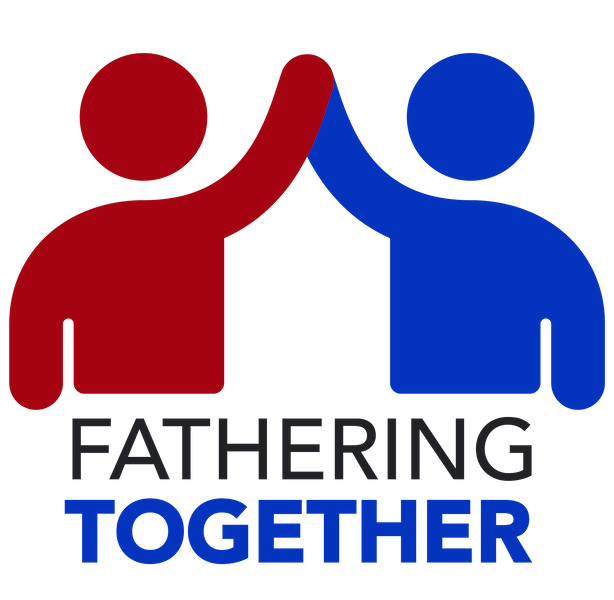
Ever wonder what American parents could learn from the cultures of non-Western hunter-gatherer communities? Scientist Michaeleen Doucleff did. She reports her findings in her recent book, Hunt, Gather, Parent: What Ancient Cultures Can Teach Us About the Lost Art of Raising Happy, Helpful Little Humans.
Significantly, instead of just studying these cultures, Doucleff and her 3-year-old daughter lived among them. “None of these cultures are ancient relics, frozen in time,” she notes. They are still contemporary families with cellphones and televisions, but they do have “deeply rooted parenting traditions.”
Ancient wisdom from north of the Arctic Circle
From Inuit families above the Arctic Circle, Doucleff learns how to foster young children’s emotional regulation during temper tantrums and misbehavior. The key for parents? Stay calm and quiet as much as possible.
Doucleff describes Inuit parents in these situations in near-robotic terms. “Whenever children are upset — crying and screaming — the parents say very few words (words are stimulating). They make very few movements (movement is stimulating). And they show very little expression on their faces (again, emotion is stimulating),” she writes. “Parents aren’t timid or fearful. They still have a confidence about them. But they approach the child the way you might approach a butterfly on your shoulder: Gently. Slowly. Softly.”
When parents respond with calmness and quiet, “we give the child the opportunity to find that response in themselves,” Doucleff writes. “Over time, this practice teaches the child to regulate their emotions and respond to problems in a calm, productive way.”
When I first read these lines, I thought “no way”! How does a parent remain calm in the storm of an upset child? Doucleff acknowledges it takes much practice, but the long-term result will be worth it.
For example, during a child’s tantrum, “in the calmest, lowest-energy state possible, simply stand near the child, silently, and show them that you are close by, supporting them,” she writes. Upon a child’s misbehavior, try to “keep your expression flat. … look into the horizon above the child’s head or to their side.” As long as there is no imminent danger, try to “stay neutral and show them that you have zero interest in that behavior.”
In metaphoric terms, when parents respond to an angry child with calmness, they refuse to pick up the tug-of-war rope. Rather than yells breeding yells, calm breeds calm, eventually. To model emotional regulation and lower the energy of the situation, Doucleff recommends using imagery in your mind or humming a favorite song.
After calmness returns, the parent and child will be much more able to address the problems causing stress. This “wait-to-fix strategy” might result in a variety of resolutions. Doucleff borrows one idea from psychologist Larry Cohen in which problems are brought “into the play zone.” For example, “you and the child act out, in a lighthearted way, what happens when she won’t go to bed and you get angry or upset.”
Emotional regulation fosters helpfulness, autonomy
Two other ancient cultures Doucleff learns from are Maya families in Mexico and Hadzabe families in Tanzania.
Doucleff notes Maya children are known for their helpfulness, especially regarding household chores. She learned Mayas value toddlers as participants in family life. They invite young children to join them in their work around the house. As she notes, “toddlers everywhere are eager to be helpful — very eager.”
A toddler helping with chores like cleaning, sweeping, and folding laundry can slow parents down and create a mess. However, Mayas view the mess as an investment. “By encouraging the incompetent toddler who really wants to do the dishes now, then over time, they’ll turn into the competent nine-year-old who still wants to help,” she writes.
The children’s participation in meaningful, family-oriented chores makes them feel a sense of belonging. If children are kept from participating, they learn “their role is to play or move out of the way.” They also “will come to learn that helping is not their responsibility.”
The parenting lesson Doucleff learns from the Hadzabe families echoes the ancient Inuit advice: stay quiet as much as possible. Strive for minimal interference with children’s natural development.
Doucleff explains the Hadzabe “parent from a different vantage: they believe children know best how to learn and grow. Anything a parent says — the vast majority of the time — will only get in the child’s way.” She learned that as a parent she needed to “‘wait-a-bit’ before you instruct, direct, or issue a command.” (In fact, in playful fashion, the Hadzabe nicknamed her “Wait-a-bit.”)
Doucleff suggests an experiment for today’s parents: “Take out your phone and set it to record for twenty minutes. Count how many questions, comments, and demands you make to your child during that time.” You may be surprised. Also, try hard to develop children’s autonomy by letting them “order at restaurants, set up after-school activities, settle disputes with friends and, when possible, talk with teachers, coaches, and instructors about successes and mistakes.” If we embrace such a less-is-more, “low-talk parenting style,” we can “join the millions of parents around the world—and across history—who step behind the child, wait-a-bit, and let the child make their own decisions . . . and their own mistakes.”
Photo: © Odua Images / Adobe Stock.

Leave a Reply